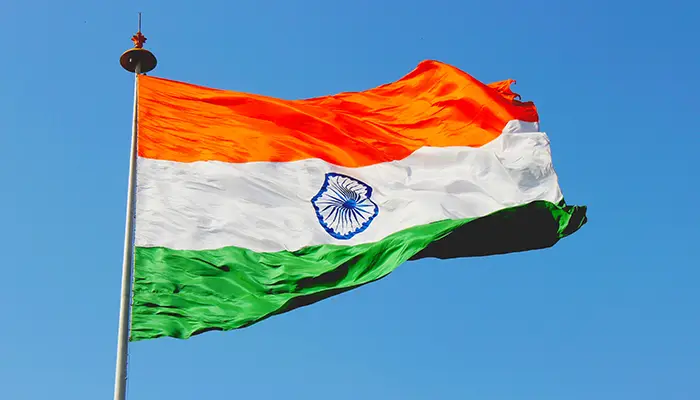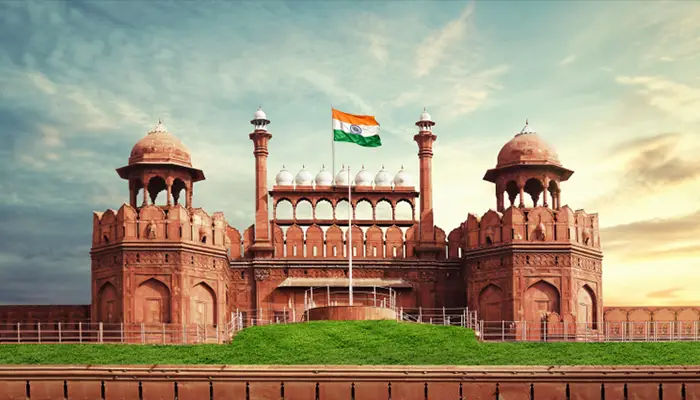
The first general election of India, conducted from October 1951 to February 1952, was a pivotal moment in the country's history, marking the transition from colonial rule to a democratic government.
This election not only tested the administrative capabilities of the newly independent nation but also set the framework for all future democratic exercises. Here are ten fascinating facts about this landmark event:
Unlike many other newly independent nations of the time, India embraced universal adult suffrage, empowering every citizen aged 21 and above to vote, irrespective of gender, caste, religion, or economic status. This bold step ensured that the democratic foundation of the nation was inclusive, giving over 173 million people the right to vote.
The election spanned nearly four months, a necessary arrangement to manage logistical challenges across diverse geographical and climatic conditions. The voting was conducted in phases, starting in the remote constituencies of Himachal Pradesh to avoid winter disruptions and culminating in Uttar Pradesh.
To facilitate a transparent voting process, especially for a largely illiterate electorate, each candidate was assigned a uniquely coloured ballot box with their name and symbol. Voters simply placed their ballot paper into the box of the candidate they wished to vote for, simplifying the process and reducing the possibility of voting errors.
Setting up 196,084 polling stations to accommodate the massive electorate was a logistical feat. Special arrangements, such as exclusive women-only polling stations, ensured wider participation and addressed the societal norms of the time, which often restricted women's public engagement.
The results of the election led to the formation of India’s first Lok Sabha (House of the People), which was crucial for the governance of the newly sovereign nation. The Indian National Congress emerged as the dominant force, winning a majority of the seats, which helped in maintaining political stability during the nascent stage of the republic.
The election saw enthusiastic participation from 53 political parties and 1,874 candidates, highlighting the vibrant multiparty democracy that India was set to become. This included national parties as well as regional groups, reflecting the diverse political preferences across the country.
Recognizing the need to educate a largely unfamiliar electorate about the democratic process, the government conducted mock elections ahead of the actual voting. These exercises were crucial in familiarizing voters with the process and ensuring that they could participate effectively and confidently.

Prominent leaders like Jawaharlal Nehru, Lal Bahadur Shastri, and Sucheta Kripalani won their seats, shaping the initial leadership of independent India. Conversely, the defeat of B.R. Ambedkar highlighted the competitive and unpredictable nature of democratic elections.
The ballot papers for the election were printed at the Government of India Security Press in Nashik, which also printed the nation's currency. This was indicative of the high security and importance accorded to the electoral process. Ensuring the secure distribution of these ballots to every corner of the country was a significant challenge successfully met.
The successful execution of the election owed much to Sukumar Sen, the first Election Commissioner of India. His leadership in overseeing the election process ensured that it was conducted fairly and efficiently across the vast and varied landscape of the country.
These detailed aspects of India's first general election not only illuminate the complexities involved in transitioning to a democratic government but also celebrate the commitment to universal suffrage and inclusivity. The 1951-52 elections set a precedent for democratic governance and have been a reference point for electoral processes in India thereafter.